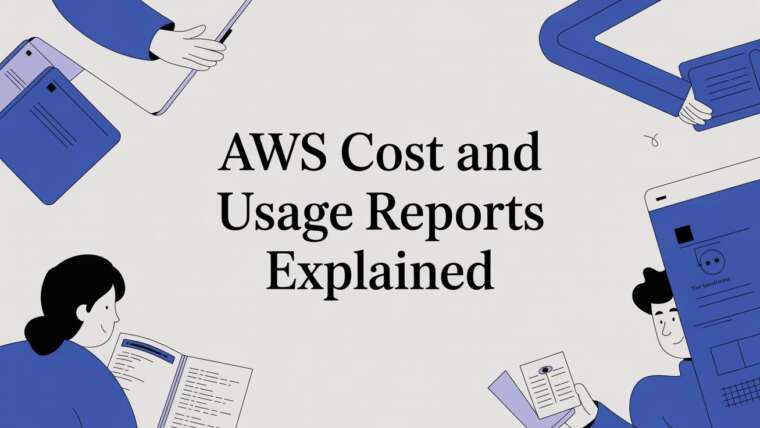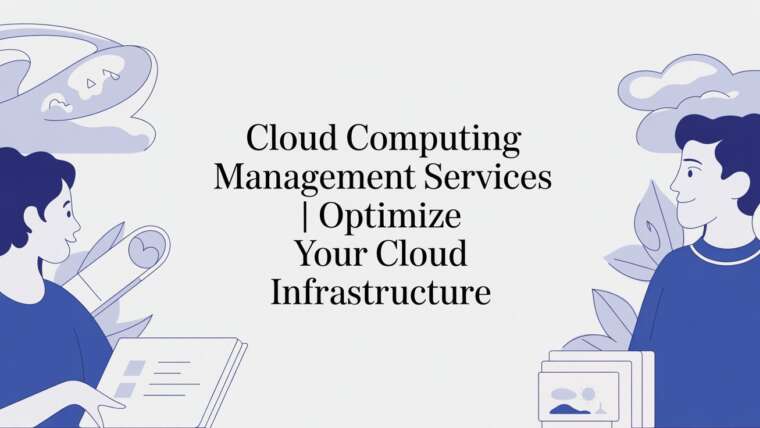For businesses running on cloud infrastructure, idle virtual machines (VMs) quietly eat into budgets. Many organisations focus spending reviews on storage, data transfer, or instance size – but forget the waste of unused compute time. When VMs run needlessly, they consume power, drive up operational costs, and inflate carbon footprints. Smart scheduling brings those hidden costs into view, and gives you a tool to cut them.
The true cost of idle cloud compute
It’s easy to dismiss an idle VM as harmless, but in practice the expense adds up. Even when not in active use, running VMs still incur charges for allocated CPU, memory, attached disks, and networking. For fleets of development, test, or staging instances that stay on 24/7, the cumulative waste can represent tens or hundreds of thousands of dollars per year. More importantly, in public cloud environments, every hour of idle compute also means real energy is being consumed in data centres, even when your users aren’t interacting.

Automating schedules to align with real demand
Rather than manually tracking which VMs should be shut down, you can automate everything with scheduling tools. With something like CLOUD TOGGLE, you define policies (e.g. “turn off non-production VMs between 8pm and 6am”, or “shut down on weekends”) and those rules are enforced automatically. The most powerful feature is the ability for teams to override a schedule for a limited time – spin up a resource when they need it, but have it shut off automatically when done.

Unlocking savings without breaking your workflow
The real value comes when you empower more people (developers, testers, business teams) to temporarily start needed instances, without requiring DevOps involvement. That eliminates bottlenecks, reduces friction, and keeps your team agile. At the same time, enforced schedules protect you from “forgetting to switch off” and losing money. In short: automation + guardrails = both savings and flexibility.
From cost savings to carbon wins
Effective scheduling doesn’t just shrink your cloud bill, it reduces your environmental impact, too. Less running infrastructure means less energy use. For companies with sustainability goals or ESG reporting obligations, turning off idle compute is one of the most tangible, technical levers you control. And because the changes are incremental and low-risk, they’re often easier to adopt and track than large infrastructure overhauls.
Estimated Savings Example
| VM Type | Hours Off/Week | Estimated Energy Saved | CO₂ Saved per Year | Equivalent |
|---|---|---|---|---|
| D2s v3 | 88 | ~220 kWh | ~110 kg CO₂ | Taking a small car off the road for ~12,000 miles |
This hypothetical assumes a VM is shut off 8 hours a day on weekdays and all day on the weekend. Real savings will vary by region, provider efficiency, and usage patterns.
By scheduling VMs smarter, organisations can realise both financial and environmental benefits. The hidden cost of idle resources is no longer invisible – and with the right tools, it’s under your control.




